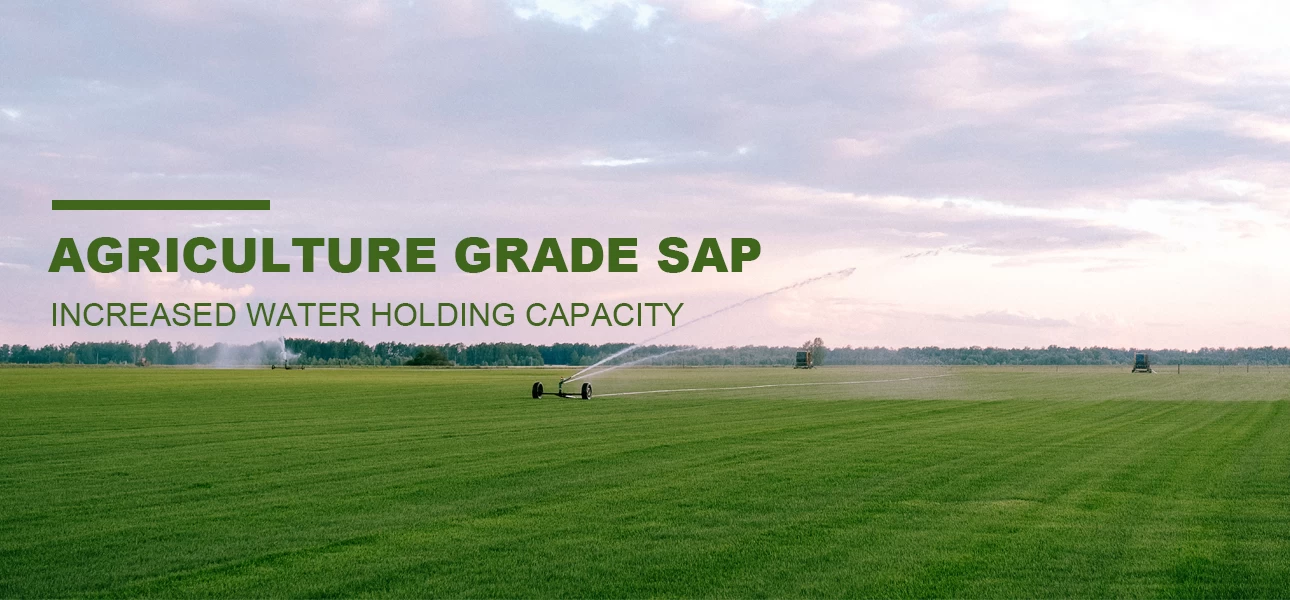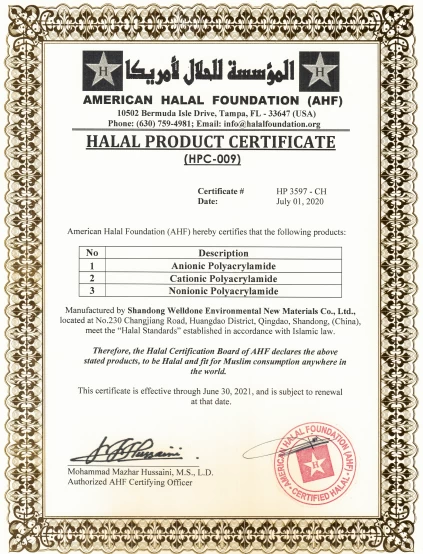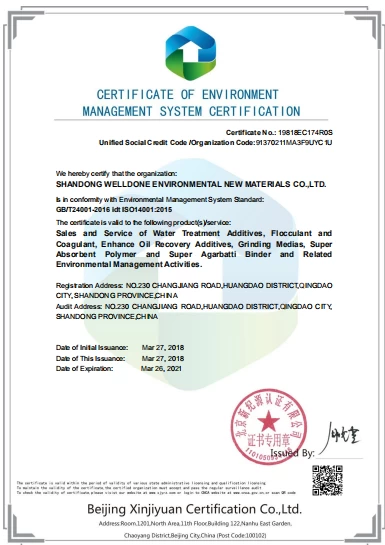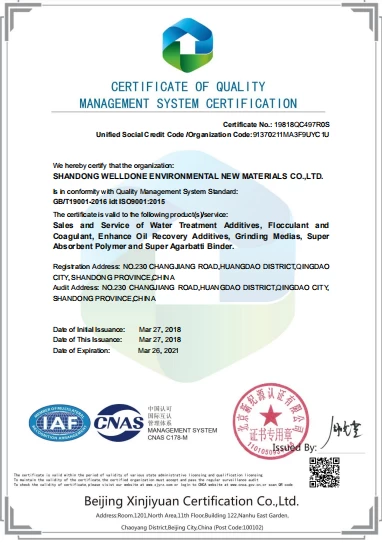Application of potassium polyacrylate in agroforestry water retention agent
Potassium polyacrylate is a superabsorbent polymer that has gained increasing attention in agriculture and forestry as a water retention agent. It is a cross-linked polymeric material that has a high affinity for water and can absorb hundreds of times its weight in water, forming a gel-like substance that releases moisture slowly over time. This property makes it an ideal material for use in dry soil conditions or areas where water availability is limited.
Application in Agriculture
In agriculture, potassium polyacrylate is used as a soil conditioner and water retention agent. It can be mixed with soil to improve its water-holding capacity and reduce water loss due to evaporation. When applied to plants, it helps to ensure that they have access to water during periods of drought or water scarcity, thus improving their growth and yield.
Potassium polyacrylate can also be used in hydroponics to increase the water retention capacity of the growing medium. By adding it to the nutrient solution, it helps to prevent water stress and allows the plants to absorb water more efficiently, leading to better growth and productivity.
Application in Forestry
In forestry, potassium polyacrylate is used to improve the survival rate of newly planted trees and shrubs. When mixed with the soil at the time of planting, it helps to maintain adequate moisture levels around the roots, which is crucial for their growth and survival. This is particularly important in arid regions or areas prone to droughts, where water availability is limited.
Furthermore, potassium polyacrylate can be used to control erosion in forests by stabilizing the soil and reducing water runoff. This helps to protect the soil from erosion and prevents soil nutrients from being washed away, leading to healthier and more sustainable forest ecosystems.
Conclusion
Overall, the application of potassium polyacrylate as a water retention agent in agriculture and forestry has proven to be highly effective in improving plant growth, yield, and survival rates. Its ability to retain water and release it slowly over time makes it an ideal material for use in dry soil conditions or areas with limited water availability. As such, it offers significant potential for addressing the challenges of water scarcity and climate change in agriculture and forestry.











